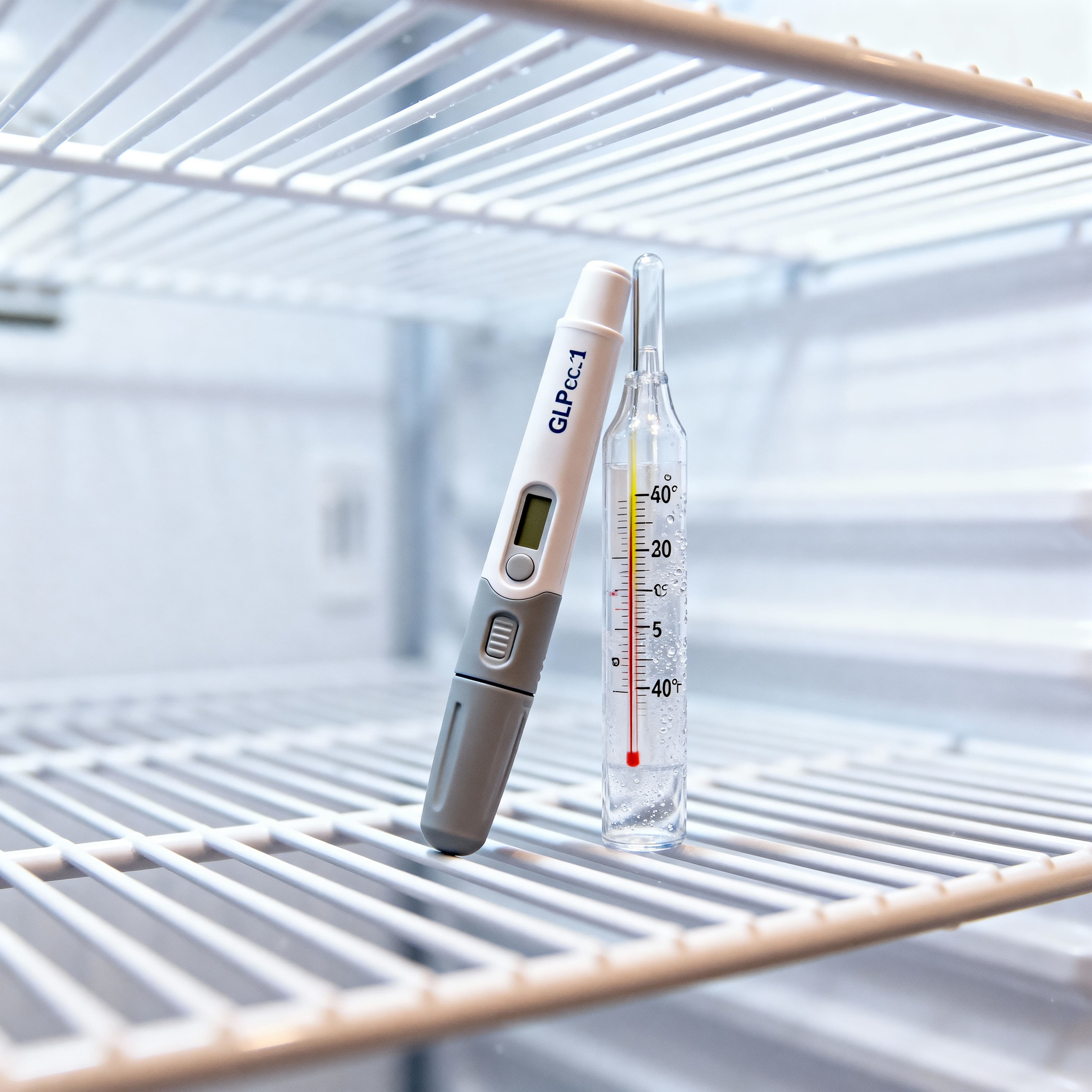GLP-1 Drugs and Hair Loss: The Real Story
Author
glp winnerDate Published
- Twitter
- Facebook
- LinkedIn
- Instagram
- Copy Link

What are GLP-1 drugs?
GLP-1 stands for glucagon-like peptide-1, a hormone that helps control appetite and blood sugar. Drugs that act like this hormone — called GLP-1 receptor agonists — are used for type 2 diabetes and for weight management.
Examples include:
These are FDA-approved for specific uses:
- Semaglutide 2.4 mg (Wegovy) for weight management.
- Tirzepatide (Zepbound) for weight management.
Always use it under your doctor’s supervision.
Will I definitely lose hair if I take one?
No — losing hair is not guaranteed. Here’s what the evidence shows:
- Some studies suggest a link between GLP-1 drug use and hair shedding in a small number of people (PubMed).
- But many users do not report hair loss, and the evidence is still early and uncertain. (PMC)
- The important caveat: when hair loss happens, it tends to be after rapid weight loss or big changes in nutrition rather than being clearly caused directly by the drug.
So yes — it can happen, but it doesn’t have to. Good news: you can reduce the risk.
Why does hair thinning happen?
Here are the main reasons — simplified version: the drug itself isn’t necessarily the villain, but changes in your body because of or alongside the drug can trigger hair shedding.
- Rapid weight loss = stress on the body. When you lose weight quickly, your body sees a big change. One recognized result is called telogen effluvium (TE) — hair goes into the resting phase and then falls out more than usual 2-3 months later (Drugs.com).
- Nutrition changes. GLP-1 drugs reduce appetite, so if you eat less protein or fewer nutrients (iron, zinc, vitamin D, etc.), your hair follicles may not get what they need (PMC review).
- Hormone or metabolic shifts. Some evidence suggests small hormone changes (thyroid, insulin, etc.) linked to weight loss or the drug may play a role (Karger Journal of Dermatology).
- Pre-existing hair conditions. If you already had thinning or pattern hair loss, then the additional stress from weight loss can make it show up more (The Limbic).
Does everyone lose the same amount of hair? How much?
Short answer: No. The amount and timing vary a lot.
- In TE (telogen effluvium), one guideline says you might lose ≈ 300 hairs/day compared to a typical ~50-150/day (Drugs.com).
- Many people may notice more hair in the brush, slower regrowth, or visible thinning — not always large bald patches.
- Timing: Often seen 2-3 months after rapid weight loss or the trigger (QR8 MediSkin).
- Duration: It usually improves once the underlying trigger (nutrition, rapid loss, stress) is managed.
What can you do about it? How to avoid or treat it
Here are simple, science-backed steps you can take that actually make a difference — no gimmicks, just what works.
Preventative steps
- Make sure your weight loss pace is not super aggressive. Slower ⇒ lower stress on hair.
- Ensure enough protein daily (hair is mostly keratin — protein!).
- Get key nutrients checked: iron/ferritin, vitamin D, zinc, B12, thyroid panel. Address any low levels (Cleveland Clinic).
- Stay hydrated, get good sleep, manage stress (because stress also triggers hair shedding).
- Use gentle hair-care practices: avoid tight hairstyles, over-bleaching, excessive heat.
If you notice shedding
- Ask your doctor or dermatologist about topical minoxidil (approved for pattern loss; can also help in some shedding cases) (ISHRS).
- For men: therapies like finasteride may apply (if appropriate) — always under medical supervision.
- Be patient: if it’s TE, hair often regrows once the underlying issue is fixed (nutrition, stress, stable weight).
- If shedding continues beyond ~6 months or you see patchy bald spots, get assessed for other causes (autoimmune, thyroid, etc.).
Should you stop the GLP-1 drug because of hair loss?
Not automatically. Here’s the data and the logic:
- Many people continue the drug without stopping and their hair improves once the other factors (nutrition, pace of loss) are addressed.
- The drug may be doing important work for your weight, metabolism, or diabetes — so the benefit might outweigh the shedding risk.
- Discuss with your prescribing doctor: you might slow the dose escalation, adjust nutrition support, or monitor more closely.
Quick recap (so you can glance or send to someone)
- Hair loss can happen with GLP-1 drugs, but it’s rare and not inevitable.
- Most likely culprit: rapid weight loss + nutrient/energy change → telogen effluvium.
- Risk appears higher in women in some studies (The Limbic).
- You can reduce risk by focusing on nutrition, reasonable pace, and monitoring.
If shedding happens: treat the cause, talk to a specialist, be patient.
If you enjoy posts like these, you can subscribe to receive newsletter updates.
Sources
Keep Reading

Your GLP-1 medication really can expire. Learn what expiration and beyond-use dates mean, when to discard, and how to keep injections safe.

Smart, realistic holiday tips for people on GLP-1s to enjoy meals, manage mindset, and keep balance without guilt.

Feeling nauseous on a GLP-1 medication? Here are 10 practical, science-backed ways to ease nausea and stay on track safely.
